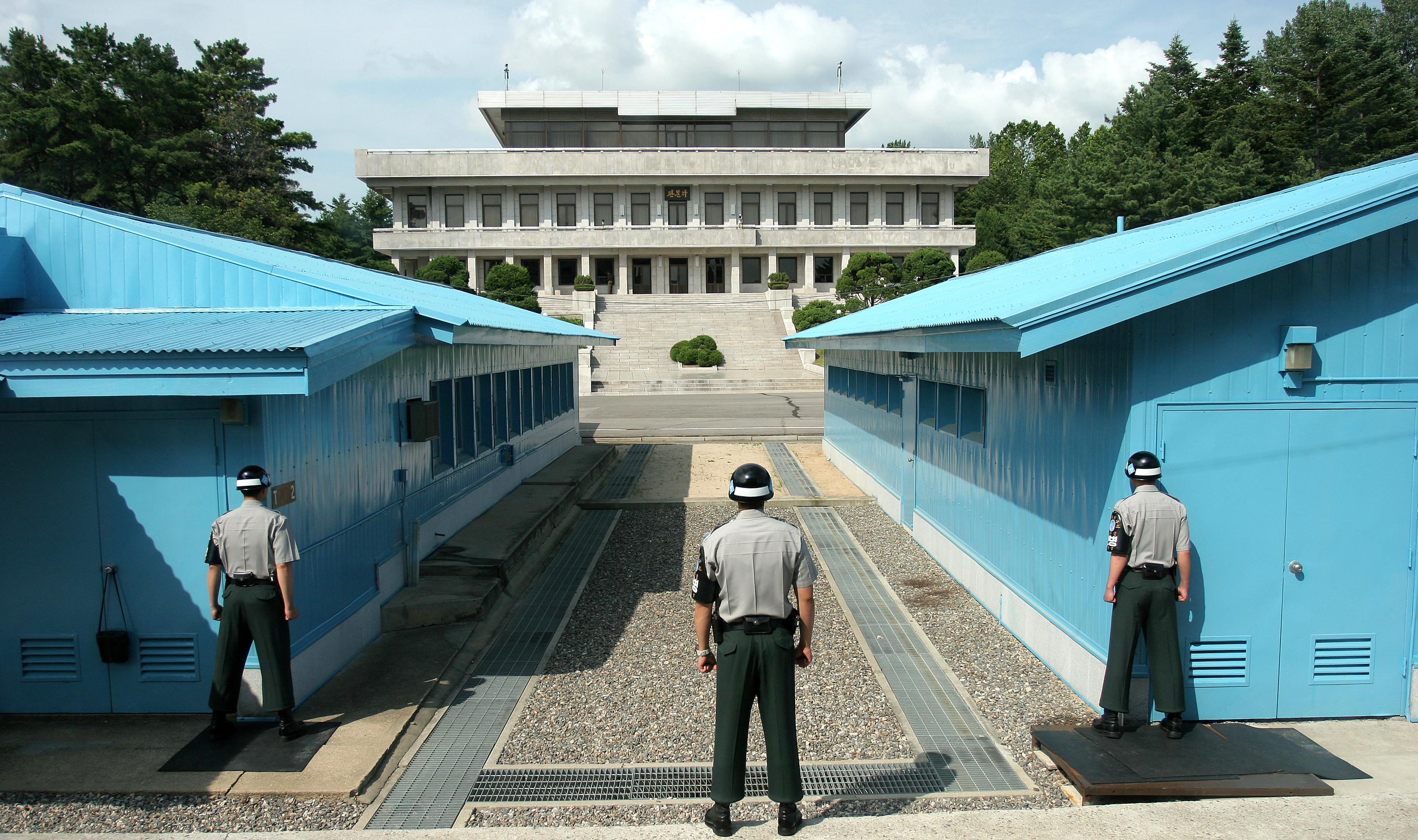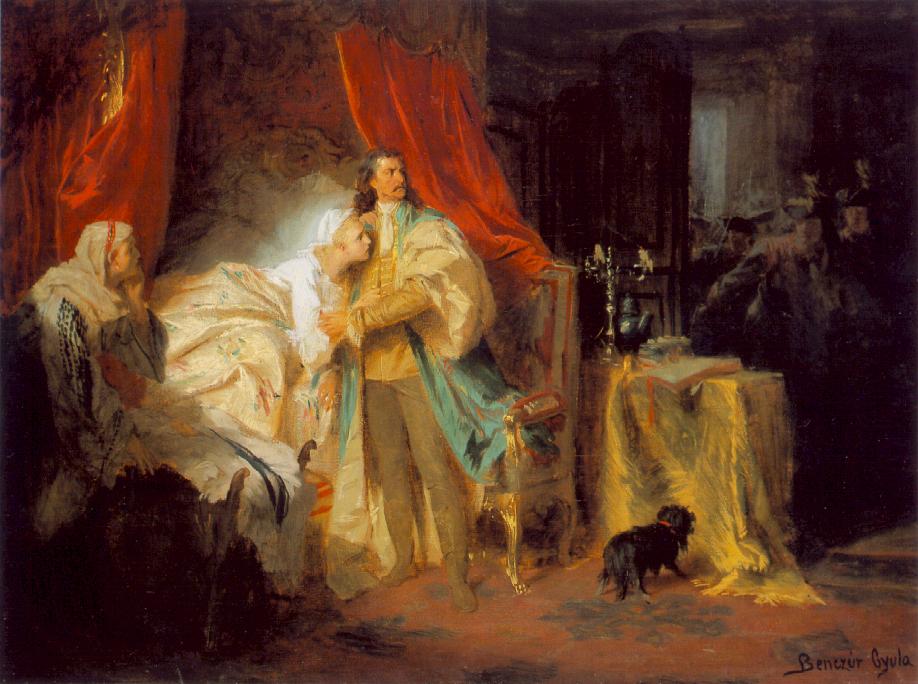|
Tokaj (Slovakia)
Tokaj wine region () is a wine-growing region located in south-eastern Slovakia and north-eastern Hungary. The two vine-growing areas were once part of the greater Tokaj wine region (also ''Tokaj-Hegyalja wine region'' or ''Tokaj-Hegyalja'') of the Kingdom of Hungary. Following the Treaty of Trianon, a smaller part (3 villages and about 175 hectares of vineyards) became part of Czechoslovakia, and after 1993, Slovakia. The majority of the region (around 28 communities and some 5,500 hectares of vineyards) remained part of Hungary. Nowadays, the Slovak part of the Tokaj wine region comprises 7 communities and approximately 908 hectares of vineyards. Under the current EU legislation, the vintners in the Slovak wine region of Tokaj may use the ''Tokaj'' label (or ''Tokajský/-á/-é'' which means “of Tokaj” in Slovak). History Vine growing in Tokaj wine region goes back to the Roman times, when the area belonged to the Roman province of Pannonia. After the fall of the R ... [...More Info...] [...Related Items...] OR: [Wikipedia] [Google] [Baidu] |
Slovakia
Slovakia, officially the Slovak Republic, is a landlocked country in Central Europe. It is bordered by Poland to the north, Ukraine to the east, Hungary to the south, Austria to the west, and the Czech Republic to the northwest. Slovakia's mostly mountainous territory spans about , hosting a population exceeding 5.4 million. The capital and largest city is Bratislava, while the second largest city is Košice. The Slavs arrived in the territory of the present-day Slovakia in the 5th and 6th centuries. From the late 6th century, parts of modern Slovakia were incorporated into the Pannonian Avars, Avar Khaghanate. In the 7th century, the Slavs played a significant role in the creation of Samo's Empire. When the Avar Khaghanate dissolved in the 9th century, the Slavs established the Principality of Nitra before it was annexed by the Great Moravia, Principality of Moravia, which later became Great Moravia. When Great Moravia fell in the 10th century, the territory was integrated i ... [...More Info...] [...Related Items...] OR: [Wikipedia] [Google] [Baidu] |
Tarcal
Tarcal is a village on the eastern edge of Borsod-Abaúj-Zemplén county, northern Hungary, in the famous Tokaj-Hegyalja wine district, from Miskolc. Geography Tarcal is located at , at the western foot of the 516 m high Nagy Hill at Tokaj at the southernmost foothills of the Eperjes-Tokaj mountain range.. Tarcal is probably the best grape-growing locale of the world famous Tokaj-Hegyalja wine district. All the traditional Tokaji grape varieties (Furmint, Hárslevelű, Sárga Muskotály (Yellow muscat) grown here dry well on the vine, so they are suitable for excellent vintage wines, special quality Szamorodni wines, and 3-to-6 Puttonyos Tokaji aszú wines. These wines are seasoned in oakwood casks in cellars covered with choice mould (racodium cellare, a noble cellar mould). History The estate was presented to Captain Turzul by Árpád at the time of the Conquest. In 1941 the population of Tarcal was 4004. During deportations to the USSR in 1945 the local priest J� ... [...More Info...] [...Related Items...] OR: [Wikipedia] [Google] [Baidu] |
English Language
English is a West Germanic language that developed in early medieval England and has since become a English as a lingua franca, global lingua franca. The namesake of the language is the Angles (tribe), Angles, one of the Germanic peoples that Anglo-Saxon settlement of Britain, migrated to Britain after its End of Roman rule in Britain, Roman occupiers left. English is the list of languages by total number of speakers, most spoken language in the world, primarily due to the global influences of the former British Empire (succeeded by the Commonwealth of Nations) and the United States. English is the list of languages by number of native speakers, third-most spoken native language, after Mandarin Chinese and Spanish language, Spanish; it is also the most widely learned second language in the world, with more second-language speakers than native speakers. English is either the official language or one of the official languages in list of countries and territories where English ... [...More Info...] [...Related Items...] OR: [Wikipedia] [Google] [Baidu] |
Slovenské Nové Mesto
Slovenské Nové Mesto (, , or ) is a village and municipality in the Trebišov District in the Košice Region of south-eastern Slovakia. History The village is a former suburb of the Hungarian city of Sátoraljaújhely, which was separated from the rest of the city by the border of the newly created Czechoslovakia in 1920. The Košice - Mukacheve railway-line made the village strategically important. Geography The village lies at an altitude of 104 metres and covers an area of 13.382 km². It has a population of about 1060 people Ethnicity The village is about 87% Slovak and 13% Hungarian Politics The present mayor is Ján Kalinič. Facilities The village has a public library A library is a collection of Book, books, and possibly other Document, materials and Media (communication), media, that is accessible for use by its members and members of allied institutions. Libraries provide physical (hard copies) or electron ... and a football pitch. References ... [...More Info...] [...Related Items...] OR: [Wikipedia] [Google] [Baidu] |
Map Of Slovakian Part Of Tokaj Wine Region
A map is a symbolic depiction of interrelationships, commonly spatial, between things within a space. A map may be annotated with text and graphics. Like any graphic, a map may be fixed to paper or other durable media, or may be displayed on a transitory medium such as a computer screen. Some maps change interactively. Although maps are commonly used to depict geographic elements, they may represent any space, real or fictional. The subject being mapped may be two-dimensional such as Earth's surface, three-dimensional such as Earth's interior, or from an abstract space of any dimension. Maps of geographic territory have a very long tradition and have existed from ancient times. The word "map" comes from the , wherein ''mappa'' meant 'napkin' or 'cloth' and ''mundi'' 'of the world'. Thus, "map" became a shortened term referring to a flat representation of Earth's surface. History Maps have been one of the most important human inventions for millennia, allowing humans t ... [...More Info...] [...Related Items...] OR: [Wikipedia] [Google] [Baidu] |
Border SK-HU
Borders are generally defined as geographical boundaries, imposed either by features such as oceans and terrain, or by political entities such as governments, sovereign states, federated states, and other subnational entities. Political borders can be established through warfare, colonization, or mutual agreements between the political entities that reside in those areas. Some borders—such as most states' internal administrative borders, or inter-state borders within the Schengen Area—are open and completely unguarded. Most external political borders are partially or fully controlled, and may be crossed legally only at designated border checkpoints; adjacent border zones may also be controlled. For the purposes of border control, airports and seaports are also classed as borders. Most countries have some form of border control to regulate or limit the movement of people, animals, and goods into and out of the country. Under international law, each country is generally permitt ... [...More Info...] [...Related Items...] OR: [Wikipedia] [Google] [Baidu] |
Phylloxera
Grape phylloxera is an insect pest of grapevines worldwide, originally native to eastern North America. Grape phylloxera (''Daktulosphaira vitifoliae'' (Fitch 1855) belongs to the family Phylloxeridae, within the order Hemiptera, bugs); originally described in France as ''Phylloxera vastatrix''; equated to the previously described ''Daktulosphaera vitifoliae'', ''Phylloxera vitifoliae''. The insect is commonly just called phylloxera (; from , leaf, and , dry). These almost microscopic, pale yellow sap-sucking insects, related to aphids, feed on the roots and leaves of grapevines (depending on the phylloxera genetic strain). On ''Vitis vinifera'', the resulting deformations on roots ("nodosities" and "tuberosities") and secondary fungal infections can girdle roots, gradually cutting off the flow of nutrients and water to the vine.Wine & Spirits Education Trust ''"Wine and Spirits: Understanding Wine Quality"'' pgs 2–5, Second Revised Edition (2012), London, Nymphs also for ... [...More Info...] [...Related Items...] OR: [Wikipedia] [Google] [Baidu] |
Francis II Rákóczi
Francis II Rákóczi (, ; 27 March 1676 – 8 April 1735) was a Hungarian nobleman and leader of the Rákóczi's War of Independence against the Habsburgs in 1703–1711 as the prince () of the Estates Confederated for Liberty of the Kingdom of Hungary. He was also Prince of Transylvania, an Imperial Prince, and a member of the Order of the Golden Fleece. Today he is considered a national hero in Hungary. His name is historically also spelled Rákóczy, in , in , in , in (, ), in , in . Although the Hungarian parliament offered Rákóczi the royal crown, he refused it, choosing instead the temporary title of the "Ruling Prince of Hungary". Rákóczi intended to bear this military-sounding title only during the anti-Habsburg war of independence. By refusing the royal crown, he proclaimed to Hungary that it was not his personal ambition that drove the war of liberation against the Habsburg dynasty. Childhood He was the richest landlord in the Kingdom of Hungary and the count (' ... [...More Info...] [...Related Items...] OR: [Wikipedia] [Google] [Baidu] |
Habsburg
The House of Habsburg (; ), also known as the House of Austria, was one of the most powerful dynasties in the history of Europe and Western civilization. They were best known for their inbreeding and for ruling vast realms throughout Europe during the Middle Ages and early modern period, including the Holy Roman Empire and Spain. The house takes its name from Habsburg Castle, a fortress built in the 1020s in present-day Switzerland by Radbot of Klettgau, who named his fortress Habsburg. His grandson Otto II was the first to take the fortress name as his own, adding "Count of Habsburg" to his title. In 1273, Count Radbot's seventh-generation descendant, Rudolph, was elected King of the Romans. Taking advantage of the extinction of the Babenbergs and of his victory over Ottokar II of Bohemia at the Battle on the Marchfeld in 1278, he appointed his sons as Dukes of Austria and moved the family's power base to Vienna, where the Habsburg dynasty gained the name of "House of ... [...More Info...] [...Related Items...] OR: [Wikipedia] [Google] [Baidu] |
Transylvania
Transylvania ( or ; ; or ; Transylvanian Saxon dialect, Transylvanian Saxon: ''Siweberjen'') is a List of historical regions of Central Europe, historical and cultural region in Central Europe, encompassing central Romania. To the east and south its natural border are the Carpathian Mountains and to the west the Apuseni Mountains. Broader definitions of Transylvania also include the western and northwestern Romanian regions of Crișana and Maramureș, and occasionally Banat. Historical Transylvania also includes small parts of neighbouring Western Moldavia and even a small part of south-western neighbouring Bukovina to its north east (represented by Suceava County). Transylvania is known for the scenery of its Carpathian landscape and its rich history, coupled with its multi-cultural character. It also contains Romania's second-largest city, Cluj-Napoca, and other very well preserved medieval iconic cities and towns such as Brașov, Sibiu, Târgu Mureș, Bistrița, Alba Iuli ... [...More Info...] [...Related Items...] OR: [Wikipedia] [Google] [Baidu] |
Hungarian Language
Hungarian, or Magyar (, ), is an Ugric language of the Uralic language family spoken in Hungary and parts of several neighboring countries. It is the official language of Hungary and one of the 24 official languages of the European Union. Outside Hungary, it is also spoken by Hungarians, Hungarian communities in southern Slovakia, western Ukraine (Zakarpattia Oblast, Transcarpathia), central and western Romania (Transylvania), northern Serbia (Vojvodina), northern Croatia, northeastern Slovenia (Prekmurje), and eastern Austria (Burgenland). It is also spoken by Hungarian diaspora communities worldwide, especially in North America (particularly the Hungarian Americans, United States and Canada) and Israel. With 14 million speakers, it is the Uralic family's most widely spoken language. Classification Hungarian is a member of the Uralic language family. Linguistic connections between Hungarian and other Uralic languages were noticed in the 1670s, and the family's existenc ... [...More Info...] [...Related Items...] OR: [Wikipedia] [Google] [Baidu] |









